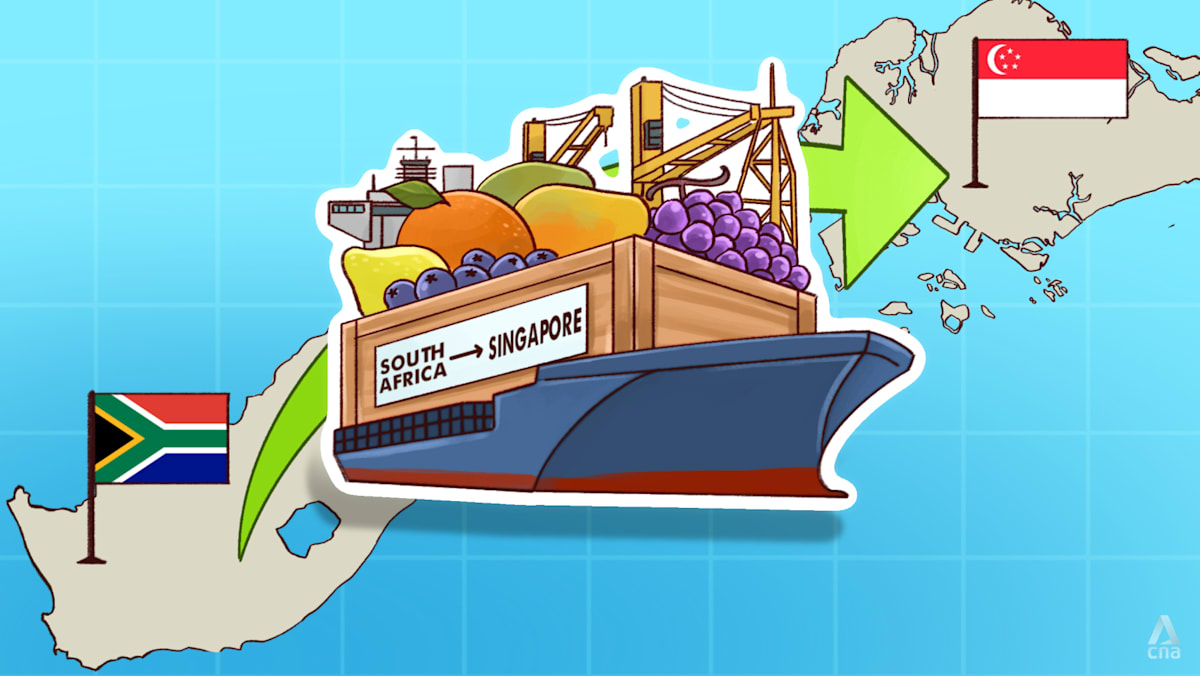Florida’s Gulf Coast is still reeling from 2022 hurricane as Helene approaches

With Hurricane Helene intensifying on its path to hit Florida as a major storm, residents and officials are preparing for impact as reminders from 2022’s deadly and destructive Hurricane Ian remain in the Gulf Coast.
Helene is forecast to become a Category 4 hurricane with 130 mph winds by the time it makes landfall Thursday night, prompting emergency declarations, school closures and evacuation orders in parts of the state.
But as the latest weather catastrophe nears, the shadow of 2022’s deadly and destructive Hurricane Ian looms over Florida’s still recovering Gulf Coast in the southwest region of the state.
Nearly two years ago to the day, Hurricane Ian made landfall near Cayo Costa, Florida, a small island west of Fort Myers, on the morning of Sept. 28, 2022.
A day after Hurricane Ian hit Florida’s west coast as a Category 4 storm, wrecked ships (mostly shrimpers) can be seen at San Carlos Island in Fort Myers Beach on Sept. 29, 2022.
Pedro Portal/Miami Herald/TNS via Getty Images
Ian made impact as a Category 4 storm with 150 mph sustained winds and an onslaught of rain and storm surges that became one of the most powerful and deadly hurricanes in Florida’s history.
The brunt of Ian’s force was felt on Fort Myers Beach and the state’s barrier islands, Pine Island, Sanibel Island, Captiva and the village Matlacha.
As the storm intensified, barrier island residents were left stranded from mainland Florida when parts of the Sanibel Causeway were destroyed and portions of the Pine Island bridge were partially washed out.
According to the Florida Department of Transportation, reconstruction and safety reinforcement efforts continue on both structures to withstand future storms.

Aerial photo of the damaged Sanibel Causeway that connects Fort Myers to the island community seen in the aftermath of Hurricane Ian in Fort Myers, Fla., Sept. 29, 2022.
Joe Cavaretta/Sun Sentinel/TNS via Getty Images
The power of Hurricane Ian was historic, with a storm surge of 12 to 18 feet above ground level reported along the southwestern Florida coast. The city of Fort Myers experienced a 7.26-foot surge, which became a record high, according to the National Oceanic and Atmospheric Administration (NOAA).
In the days following Ian’s landfall, Florida Gov. Ron DeSantis said at the time that almost 2,500 people were rescued by emergency crews and over 100,000 impacted structures were searched.
Florida’s Medical Examiners Commission confirmed 149 deaths in the state attributed to Hurricane Ian, with most fatalities occurring on the state’s Gulf Coast in Lee County.

A woman views a memorial wall for victims of Hurricane Ian in Centennial Park in Fort Myers, Fla., Oct. 31, 2022.
Paul Hennessy/LightRocket via Getty Images
Ian became the deadliest hurricane in Florida since 1935 and is the costliest in state history, according to NOAA.
The wake of destruction from Hurricane Ian left a $115.5 billion price tag for cleanup. NOAA ranks Ian as the third costliest hurricane in U.S. history after Katrina in 2005 and Harvey in 2027.
The storm had severe impacts on the state’s power grid, with outages rising to 2.5 million in the state in the days following landfall, according to officials.
Earlier this month, as the second anniversary of Ian’s landfall approaches, the Federal Emergency Management Agency (FEMA) announced a six-month extension on its housing program that continues to support survivors of the storm.

This photo shows an aerial view of damaged property after Hurricane Ian in Fort Myers Beach, Fla., Dec. 2, 2022.
Jeff Greenberg/Getty Images
Since Hurricane Ian, FEMA has provided temporary housing units for more than 1,300 displaced families in the state, while more than 80% of families have found a permanent home, the need for housing assistance in the region remains, according to the agency.
Two years later, federal support for recovery from the storm reached $10.2 billion for households, businesses, communities and flood insurance policyholders, according to FEMA.
On the eve of Hurricane Helene’s forecasted landfall, mandatory evacuations are in effect in parts of at least 20 Florida counties, including Taylor, Sarasota, Gulf and Hillsborough.
Stay up to date on ABC News’ live Hurricane Helene coverage and tracking as the storm progresses.
Source: abc news















